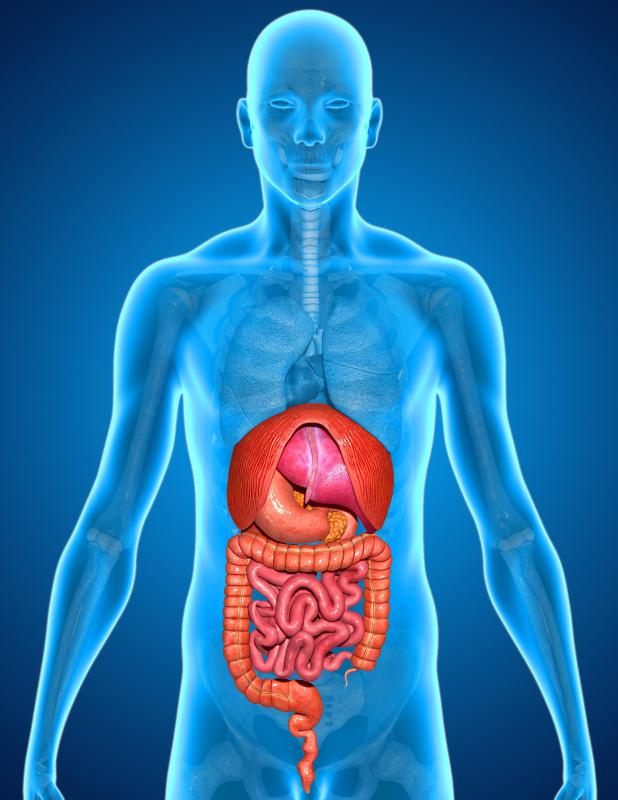At TheHealthBoard, we're committed to delivering accurate, trustworthy information. Our expert-authored content is rigorously fact-checked and sourced from credible authorities. Discover how we uphold the highest standards in providing you with reliable knowledge.
What is Capillary Leak Syndrome?
Capillary leak syndrome, also called systemic capillary leak syndrome (SCLS) or Clarkson’s syndrome, is an extremely rare disorder that causes the pores in a capillary to leak excessive amounts of plasma into the rest of the body. The leakage causes a dangerous drop in blood pressure and swelling in the rest of the body, particularly in the limbs. If not treated quickly in an intensive care unit, the disorder can lead to multiple organ failure, loss of limbs, and death. With treatment, this syndrome may go into remission for years at a time, though there is no cure at present.
Capillaries are small blood vessels that run all over the body, nourishing cells and selectively allowing blood plasma out into the body cavities and organs in order to fight infections. In a person with this syndrome, the pores in these capillaries open up and let massive amounts of plasma escape. The reason for this is unknown, though acquired autoimmune disorder has been proposed as a possible cause. It is not thought to be inherited and although doctors may test patients for monoclonal proteins in the urine when trying to diagnose Clarkson’s syndrome, scientists do not think they trigger episodes of capillary leakage.

An episode of capillary leakage can be chronic, occurring almost weekly, or it can be acute. Early symptoms resemble a head cold, with runny nose, congestion, and cough, but no fever or rash. As the episode progresses, the patient will develop low blood pressure, leading to a feeling of faintness and nausea. Meanwhile, the plasma escaping into the body causes uncomfortable swelling, especially in the limbs. Patients often faint due to the low blood pressure and need to be rushed to the hospital and infused with fluids in order to keep them alive.

Diagnosis of capillary leak syndrome is easy to miss because it first resembles a virus, and then mimics polycythemia vara, another blood condition, or sepsis from a bacterial infection. Treatment is also difficult and must be carefully controlled to avoid complications. The patient should be admitted to the intensive care unit and administered enough fluids to raise the blood pressure, but not so much that it increases the risk of damage from swelling. The patient will also receives injections of corticosteroids to slow or stop the leakage of plasma, but this treatment is not always effective.

The swelling associated with the syndrome can have devastating effects, sometimes causing loss of the limbs or organ failure, and doctors may have to perform surgery to prevent this damage. After the episode has passed, swelling continues to be a problem, as plasma accumulates around the lungs and heart. Doctors often give the patient diuretics to encourage urination for a few days following the episode to get the excess fluids out of the body.

The patient usually recovers within a few days, though episodes are likely to recur. Asthma medications can help manage the recurrence of capillary leak syndrome, and steroids are often prescribed so patients can begin treating themselves at the first symptoms of an episode. Even with this first line of defense, Clarkson’s syndrome can be deadly, so the patient should be admitted to the hospital for full treatment.
AS FEATURED ON:
AS FEATURED ON:

















Discuss this Article
Post your comments